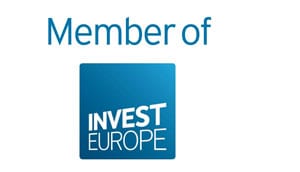Investment thesis: Infrastructure for tech innovation

When it comes to tech innovation, we constantly see a “chicken and egg problem” in emerging markets. In this article, we share our thoughts on what the role of VCs should be in building future tech ecosystems.
The root of all evil for tech innovation
Vicious cycles are endemic in emerging ecosystems — they are the byproduct of systemic deficiencies and make it difficult or even impossible for the emerging ecosystem to grow and develop.
Here’s an example of such a vicious cycle at work in Central and Eastern Europe: the lack of charging infrastructure is slowing down the adoption of electric vehicles (EVs). At the same time, the charging infrastructure is not being built because of the lack of EVs to use it.
Because of their systemic origin, breaking such vicious cycles is a capital-intensive and long-term endeavor — the kind of task a VC fund is both qualified and responsible to assume.
On a high note — the root of all evil is where the promise of venture returns lies.
A (technological) leap of faith
Emerging ecosystems are strong enough to leapfrog existing technologies and adopt the solutions of the future. It’s happened in the past (see LTE adoption in Africa/India leapfrogging traditional landlines), giving birth to a breed of companies that created their own markets. These startups are the backbone of the future ecosystem populated by dependent/client third parties.
The thesis: invest in startups that build the infrastructure for tech innovation and jumpstart new industries by breaking vicious cycles.
Examples of target industries and their needed infrastructure for tech innovation
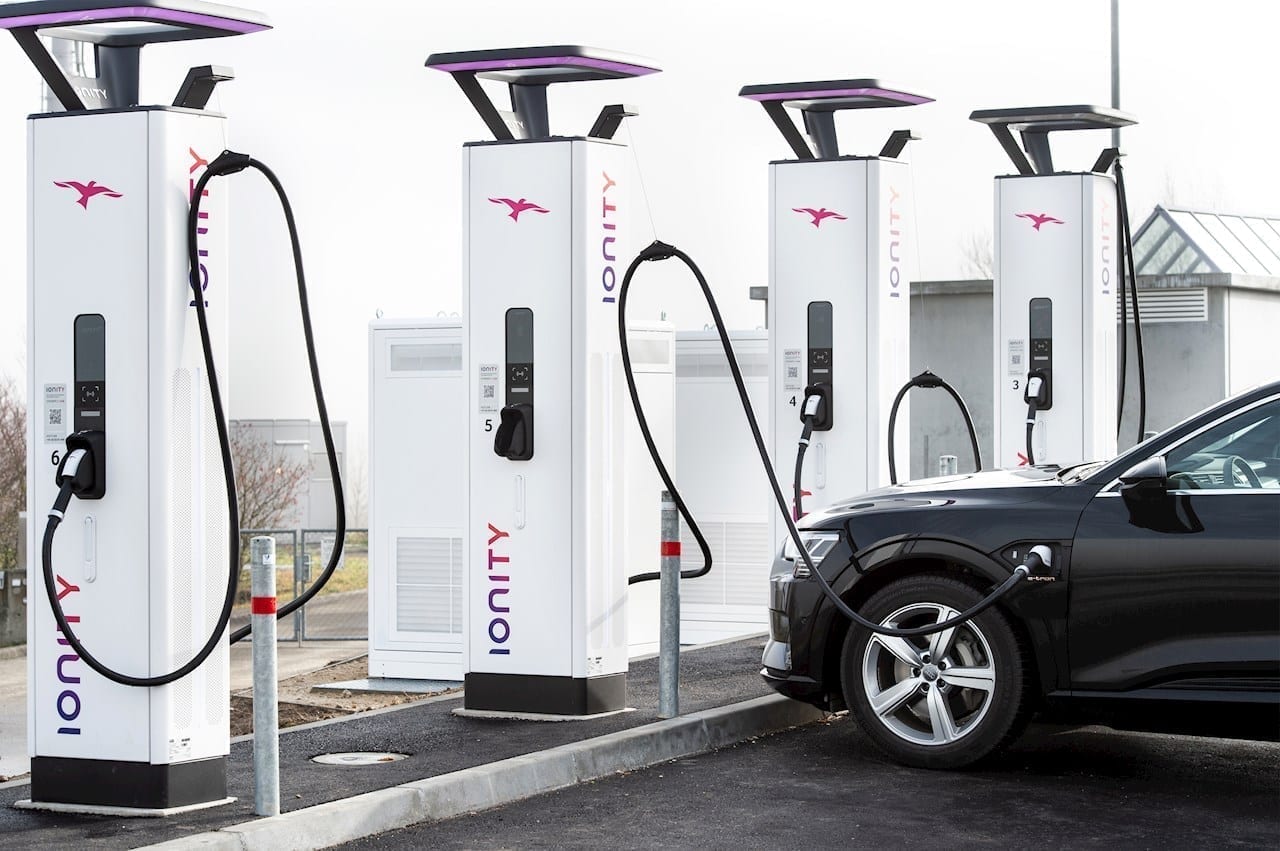
Mobility — needs a continent-wide network of charging stations (and open-source data) to power the future of electric mobility.
Vicious cycle: EVs adoption vs charging infrastructure (as described above).
Solution/example: Ionity
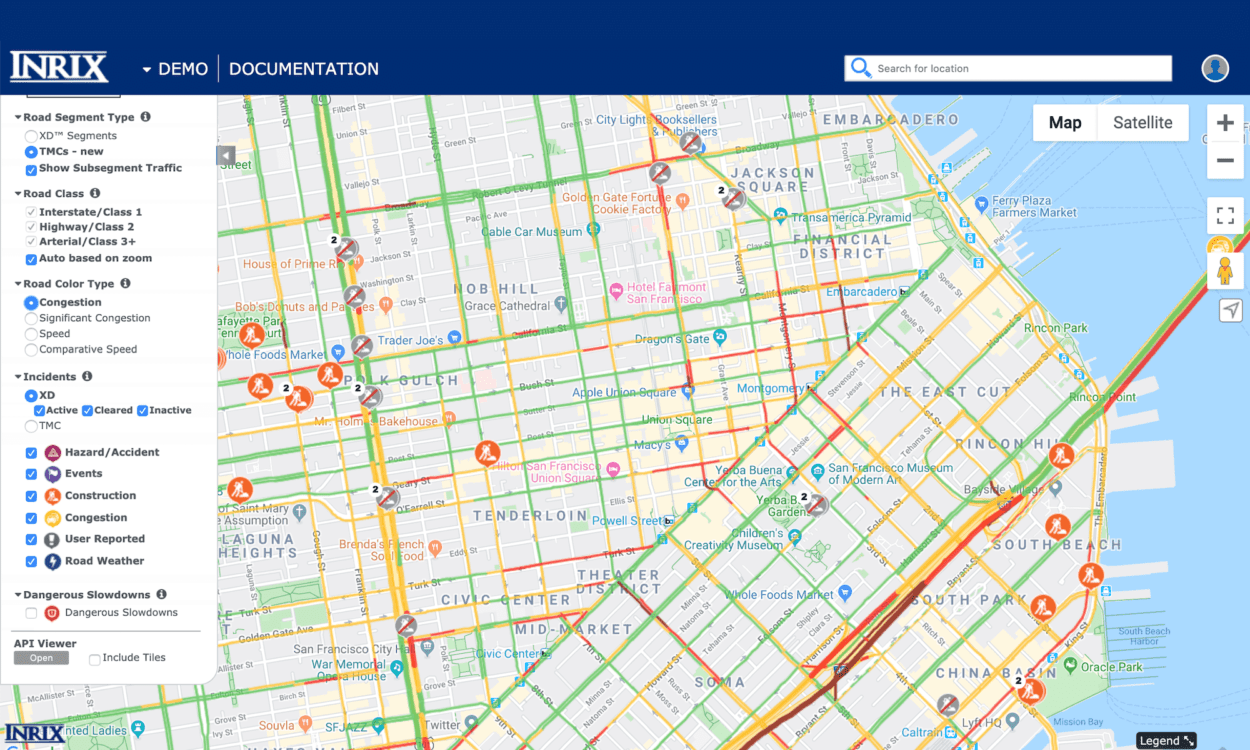
Smart cities — need data collection systems to spawn and feed third-party apps.
Vicious cycle: public utility apps vs structured data providers.
Solution/example: INRIX
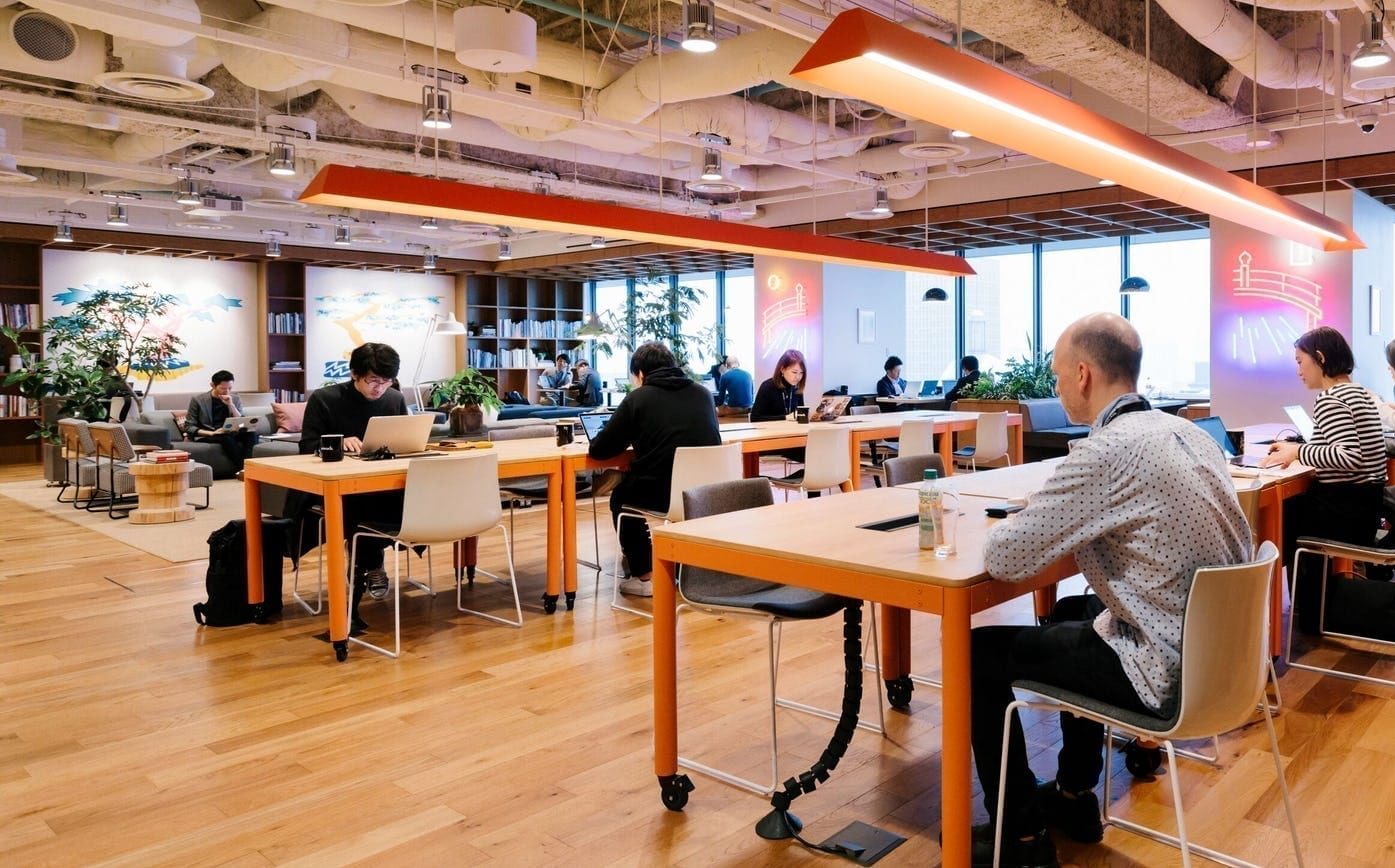 Workspace — needs office space affordable for companies of all sizes, where location-centric communities to grow and cross-pollination to happen.
Workspace — needs office space affordable for companies of all sizes, where location-centric communities to grow and cross-pollination to happen.
Vicious cycle: affordable rent vs expensive real-estate development.
Solution/example: WeWork

E-commerce — needs end-to-end order fulfillment services (including shipping software, integrations, and logistics).
Vicious cycle: small size online retailers vs the complexity of fulfillment.
Solution/example: Shipwire
 Advertising — needs the self-service model applied to all advertising channels in order to democratize access and reduce costs (especially for SMBs).
Advertising — needs the self-service model applied to all advertising channels in order to democratize access and reduce costs (especially for SMBs).
Vicious cycle: high complexity/high costs of the professional services vs small marketing budgets.
Solution/example: FacebookAds, Google AdWords
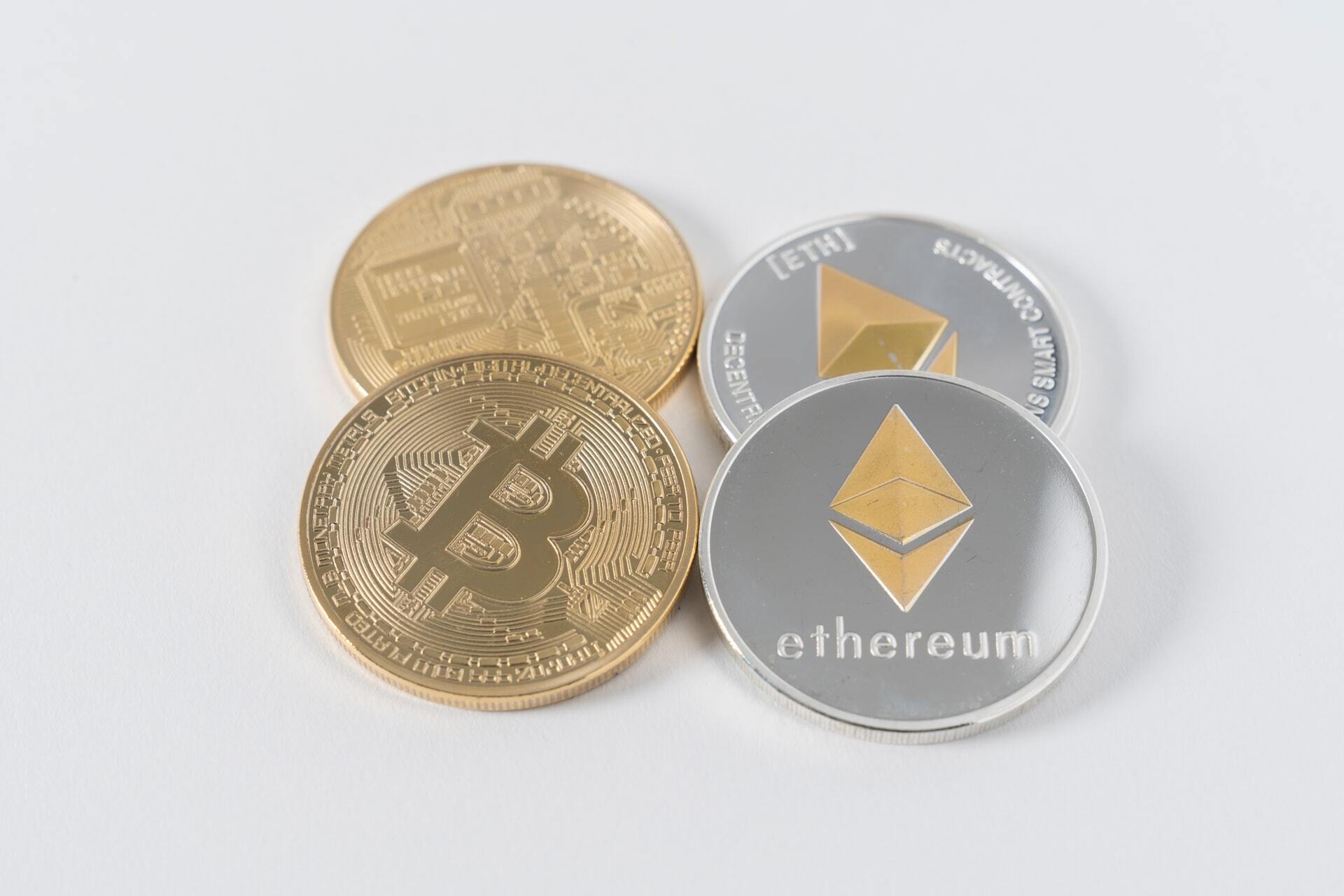
Economy of trust — needs utility DApps that make life easier and replace (public) legacy systems; leapfrogging through blockchain.
Vicious cycle: middlemen vs end beneficiary.
 Insect protein — needs supplies, knowledge centers, and distribution platforms for insect protein.
Insect protein — needs supplies, knowledge centers, and distribution platforms for insect protein.
Vicious cycle: new proteins adoption vs mass production capabilities.
Solution/example: Ynsect
Change is already happening — startups and VCs are working together to build the infrastructure for tech innovation and create new industries. We’re looking to add a regional dimension to this movement, starting with investing in ideas from Romania and expanding across the borders of the CEE. If you have an innovative idea to break vicious cycles, we’d love to hear more – drop us a line.

